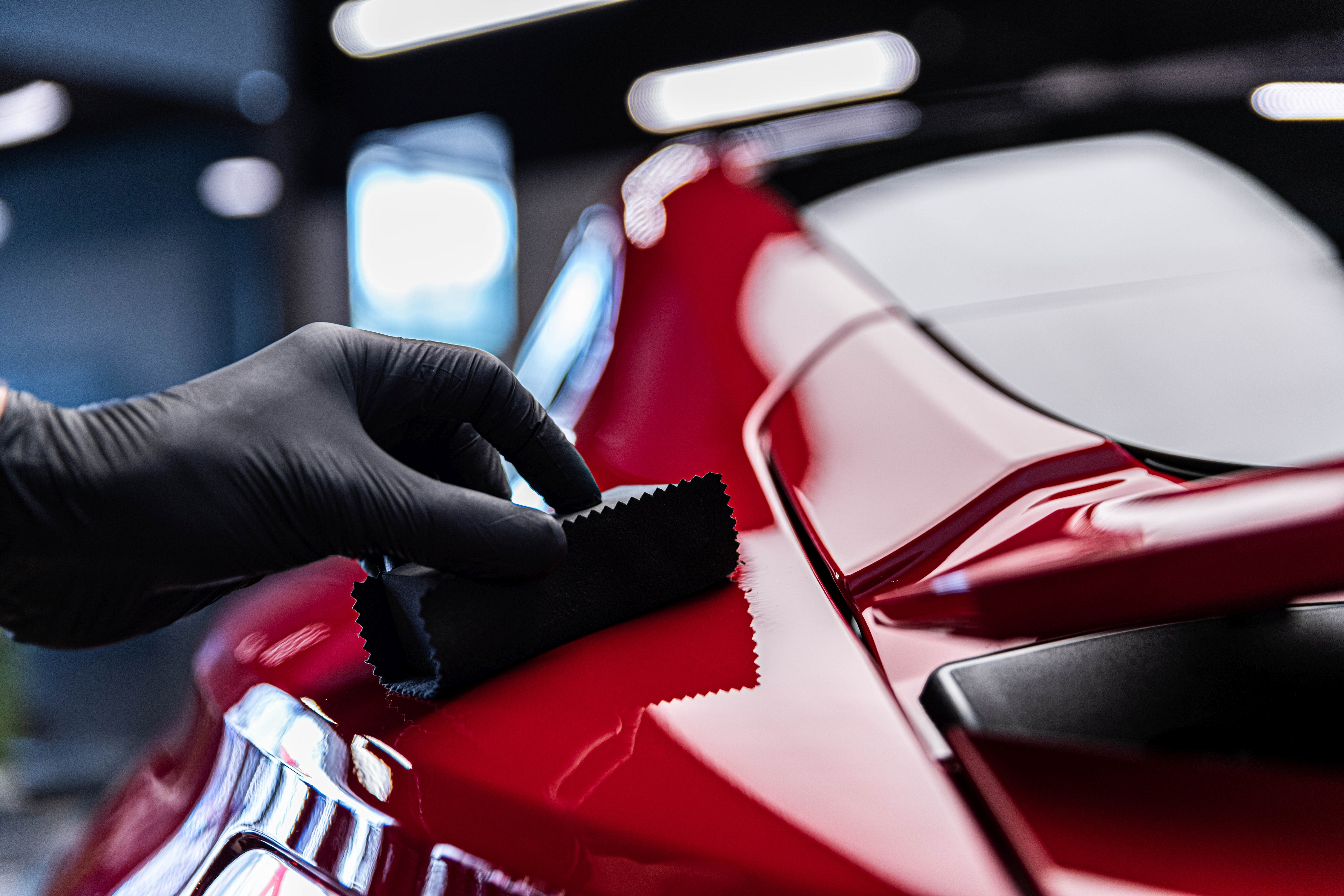A Comprehensive Overview to the Types of Ceramic Covering on the Market
Ceramic finishings have arised as a pivotal option across various markets due to their one-of-a-kind residential or commercial properties and applications. As we check out the distinct characteristics and applications of these coverings, the effects for efficiency and durability become increasingly obvious, raising concerns about which kind may best fit your demands.
Recognizing Ceramic Coatings
Ceramic coatings are innovative safety solutions that have actually acquired appeal in numerous markets, especially in automobile and aerospace applications. These coverings contain a liquid polymer that, when treated, forms a long lasting, hydrophobic layer on the surface of the substratum. This layer supplies improved resistance to ecological pollutants, UV radiation, and chemical exposure, consequently expanding the life and visual allure of the underlying product.
The fundamental part of ceramic layers is silica, which adds to their solidity and resilience. The application procedure generally entails surface area prep work, application of the finishing, and treating, which can be achieved via warmth or UV light. Once treated, ceramic coverings display remarkable bonding properties, permitting them to stick strongly to a range of surface areas, consisting of steels, plastics, and glass.
In addition to their safety attributes, ceramic finishes likewise provide ease of upkeep. Their hydrophobic nature decreases the adherence of dust and crud, making cleaning easier and much less constant. In general, the fostering of ceramic coverings stands for a significant development in surface protection technology, giving both practical and aesthetic benefits throughout multiple fields.
Kinds of Ceramic Coatings
Different kinds of ceramic layers are readily available, each made to meet details efficiency demands and applications - Paint Protection Film. One of the most usual types include:
Silica-based Coatings: These coverings largely contain silicon dioxide and are recognized for their sturdiness and chemical resistance. They are extensively used in automobile and commercial applications.
Titanium Dioxide Coatings: Distinguished for their photocatalytic residential properties, titanium dioxide layers are often used in environments where self-cleaning and antifungal properties are desirable, such as in structure products and automobile surfaces.
Zirconia Coatings: Defined by their high-temperature stability and thermal resistance, zirconia finishes are utilized in applications such as turbine engines and high-performance automobile parts.
Alumina Coatings: Showing outstanding hardness and thermal stability, alumina layers are often utilized in wear-resistant applications, including cutting devices and commercial machinery. - ceramic coating sarasota
Hybrid Coatings: Integrating the residential properties of numerous products, crossbreed coverings offer improved performance characteristics, making them suitable for special and demanding applications.
Each kind of ceramic layer serves distinct objectives, enabling customers to select the most suitable service based upon certain environmental problems and performance needs.
Advantages of Ceramic Coatings
Coatings play a vital role in enhancing the efficiency and durability of surfaces throughout various markets. Ceramic layers, in particular, deal numerous benefits that make them significantly preferred among manufacturers and customers alike. One of the primary benefits is their outstanding longevity. These coverings are resistant to scrapes, chemicals, and UV rays, making sure that the underlying surface continues to be safeguarded gradually.
In addition to toughness, ceramic coverings supply excellent hydrophobic buildings, allowing for easy cleansing and maintenance. This water-repellent nature reduces the adherence of dirt, find more info grime, and other impurities, which can prolong the visual allure and functionality of the surface area. Moreover, ceramic finishings can significantly enhance thermal resistance, making them perfect for applications that withstand high temperatures.

Application Refine
When applying ceramic coatings, a meticulous technique is essential to accomplish ideal results. A tidy surface makes sure proper bond of the layer.
Once the surface is prepped, the next step is to use the ceramic layer. The finish needs to be used in thin layers, as thicker applications can lead to uneven finishes.
After application, the coating needs a details healing time, typically ranging from a few hours to a full day, relying on the product. During this time, it is vital to avoid direct exposure to dampness or pollutants. A gentle buffing might be needed after treating to improve the gloss and remove any high areas. Adhering to these actions faithfully will make best use of the performance and long life of the ceramic covering, providing a durable safety layer for the surface area.
Maintenance and Durability
To guarantee the durability and efficiency of a ceramic finish, routine upkeep is essential. Ceramic coatings, recognized for their toughness and safety qualities, require particular treatment regimens to maximize their lifespan and performance. The primary step in maintenance includes regular cleaning with pH-neutral soap, avoiding severe chemicals that can break down the layer. It is a good idea to wash the car routinely, ideally every two weeks, to stop the buildup of pollutants that can jeopardize the covering's integrity.
Along with normal washing, regular inspections are critical. Search for indicators of wear or damage, such as hydrophobic properties diminishing or surface imperfections. If necessary, a light polish might be related to invigorate the covering without stripping it away.
Furthermore, the application of a booster spray can boost the coating's hydrophobic effects and recover its gloss. This is especially helpful for layers that have been in usage for a prolonged duration. Eventually, by sticking to these maintenance methods, one can dramatically expand the life of a ceramic finish, guaranteeing that it remains to offer ideal security versus environmental factors and maintain the aesthetic allure of the automobile.
Final thought
